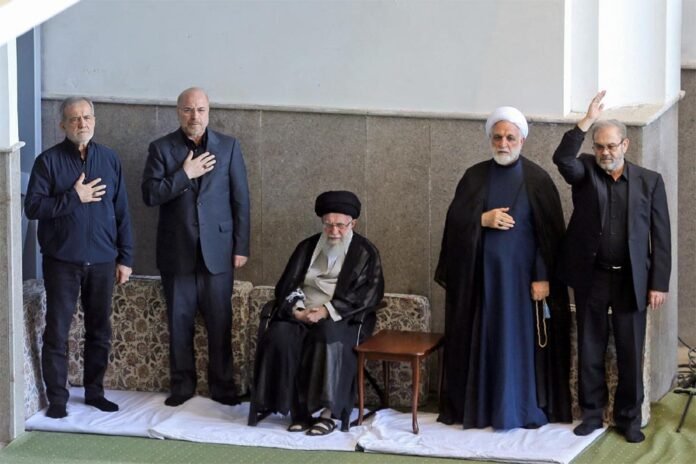After the killing of Hezbollah Chief Hassan Nasrallah in an Israeli attack, most of the protests in India or in other countries of the world are from Shia Muslims. India has a population of about two crore Shia Muslims and almost all their organizations protested. Wherever there is Shia population, there were more protests. But despite such a big incident, the division between Shia and Sunni Muslims remained. Jamaat-e-Islami Hind, the largest organization of Sunni Muslims, reacted. Its president, Seyed Sadatullah Husseini, condemned the attack on Lebanon and the assassination of Nasrallah. He said a lot more about Israel’s attack but apart from him most of the organizations remained silent. Maybe they were angry in their heart but did not express it. They know that Hezbollah has started a war in support of Hamas fighting for Palestine and Iran is supporting them in this. Therefore, all supporters of Palestine’s independence and opponents of Israel will unite in this matter. But this solidarity was not visible publicly after Nasrallah’s death.
Maulana Mahmood Madani, leader of a faction of Jamiat Ulema-e-Hind, also expressed grief over the incident. Although it seemed like a formality, as two days after the incident, Majlis Mushavarat also expressed grief and condemned it. Most Sunni organizations either remained silent or expressed formal condolences after a day or two. Even in the condolence message issued by Maulana Madani, his emphasis was more on criticism of Israel than on the assassination of Nasrallah. He said that Israel is playing Holi of blood in Gaza and Palestine. Similarly, Ittehad-e-Millat Council founder Tauqir Raza did not react to the incident, even though he is known for his radical views and his reaction to most international issues.
Obviously the religious and social division between Shia and Sunni is visible. This type of division was also visible at the time of the killing of Hamas Chief Ismail Haniya. At that time, there was debate and controversy on social media between the two communities because Haniya was killed when he had gone to Iran to attend the funeral of Iranian President Ebrahim Raisi. He stayed in the guest house of Iran’s elite force Islamic Revolutionary Guard Corps. Bombs were planted in three rooms there and he was staying in one of them, where he was killed by the explosion. Many Sunni fundamentalists and some organizations also alleged that Iran’s intelligence spies, in collaboration with Israel’s intelligence agency Mossad, had killed Ismail Haniya. Then the dispute between Shia and Sunni increased considerably. However, Iran’s Supreme Leader Ayatollah Khamenei later attended Haniya’s funeral and read the last prayer at the funeral. This was described as an example of Shia and Sunni unity. Khamenei wept after seeing Haniya’s coffin and vowed to take revenge.

